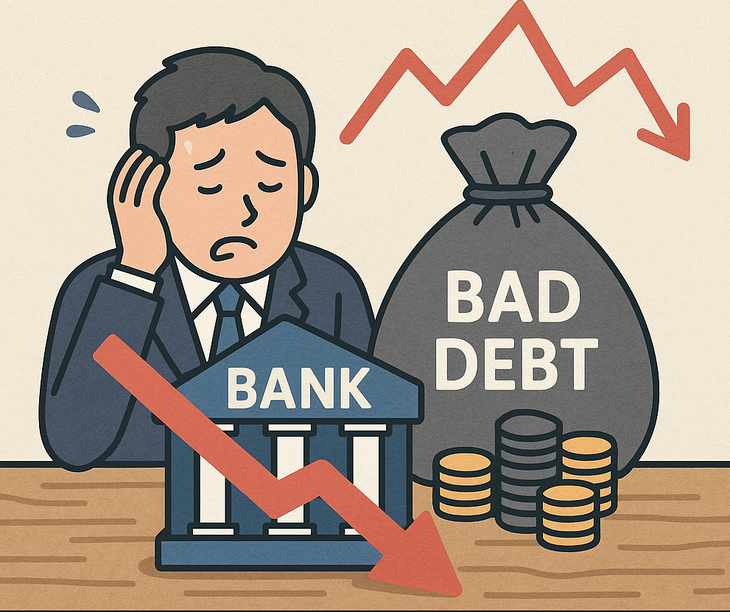
Bad debt in most banks increased after the first 3 months of this year - Photo: AI drawing
Tuoi Tre Online data on consolidated financial statements of 27 listed banks (excluding Agribank ) shows that total outstanding customer loans at the end of March 2025 reached more than 1.22 million billion VND, an increase of nearly 4% compared to the beginning of the year.
Except for ABB and SGB, whose customer loan balances decreased after 3 months, most banks recorded growth. Some of them had growth higher than 10%, such as KLB.
Also according to statistics, the total bad debt of the 27 banks mentioned above at the end of March this year was approximately 264,000 billion VND, an increase of about 16% compared to the beginning of the year (an increase of about more than 37,000 billion VND).
"Big 4" group holds nearly 93,000 billion VND of bad debt
The data also shows that about 20 banks recorded an increase in the ratio of bad debt to total outstanding debt compared to the beginning of the year. In contrast, only 7 banks had their bad debt ratio unchanged or decreased.
With the largest loan scale in the system (more than 5.37 million billion VND) at the end of March 2025, it is not surprising that Vietcombank (VCB), VietinBank (CTG) and BIDV (BID) are the group of banks "holding" the largest amount of bad debt.
Combining these 3 "big guys", they recorded nearly 83,000 billion VND of bad debt at the end of March 2025. Of which: Vietcombank had 15,035 billion VND of bad debt, an increase of 7.6% compared to the beginning of the year.
VCB's bad debt/total outstanding debt ratio also increased by 0.96% to 1.02% - although it increased, this is still a low level in the system.
At BIDV, the bad debt at the end of the first quarter reached VND39,907 billion, up 37% compared to the beginning of the year. Correspondingly, the bad debt ratio also increased from 1.41% to 1.89%. At VietinBank, the bad debt ratio also "jumped" from 1.24% to 1.55% after the first 3 months of this year.
Data: Consolidated financial statements
Not only is bad debt increasing, the net interest margin (NIM) of state-owned banks is also being noted. According to VPBanks Securities, the NIM of banks is under strong pressure, especially in the state-owned group, for example, VCB is only 2.6%.
Banks record double-digit increase in bad debt
Notably, many banks recorded double-digit growth in bad debt compared to the beginning of this year, such as: VPBank (+19%), MBBank (+16.6%), VIB (+11.44%), HDBank (+23.6%)...
This increase also led to an increase in the ratio of bad debt/total outstanding customer loans of the above banks. In particular, the bad debt ratio of MBBank increased from 1.62% to 1.84% after the first 3 months of this year. Meanwhile, at VIB, it increased from 3.51% to 3.79%...
Data: Consolidated financial statements
On the contrary, some banks recorded a decrease in bad debt ratio, for example, National Commercial Joint Stock Bank (NVB) decreased from 19.5% to 14.03%. At the end of March this year, NVB's total bad debt was only VND10,953 billion, down 21% compared to the beginning of the year.
In addition to NVB, VietABank (VAB) also recorded a clear improvement in debt quality when reducing all bad debt groups, while bringing the bad debt ratio from 1.36% to 0.63% after the first quarter of this year.
Data: Consolidated financial statements
In its 2025 banking industry report, VIS Rating expects the problem debt formation rate to gradually decrease as customers' repayment capacity improves amid a better business environment.
Specifically, according to VIS Rating experts, the continuous efforts of regulatory agencies to address legal issues will boost domestic business activities and improve corporate operating cash flow in 2025.
Individual customers' debt repayment capacity will also gradually improve as business income and employment stabilize, and real estate values recover.
Experts expect the industry-wide problem debt ratio to decline to 2.2% in 2025 from 2.3% in 2024, led by a group of national banks and a few large banks that have been lending cautiously and have made less loans to troubled real estate developers.
Meanwhile, some small and medium-sized banks will still face problems related to home loans tied to speculative projects.
ViS Rating also warned that in the coming time, governance risks will continue to affect the asset quality of banks because close ties with large corporations - mainly in the real estate sector - will increase operational risks and make banks more vulnerable when these corporations encounter problems.
Source: https://tuoitre.vn/no-xau-ngan-hang-tang-them-37-000-ti-dong-sau-3-thang-luy-ke-vuot-10-ti-usd-20250516164313314.htm






![[Photo] Prime Minister Pham Minh Chinh and Prime Minister of the Kingdom of Thailand Paetongtarn Shinawatra attend the Vietnam-Thailand Business Forum 2025](https://vphoto.vietnam.vn/thumb/1200x675/vietnam/resource/IMAGE/2025/5/16/1cdfce54d25c48a68ae6fb9204f2171a)





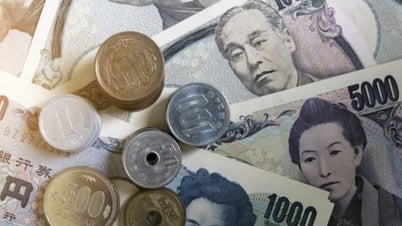
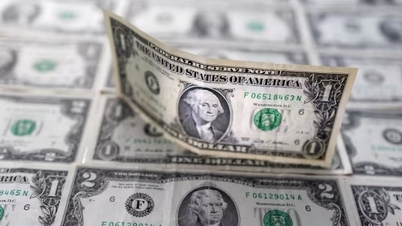
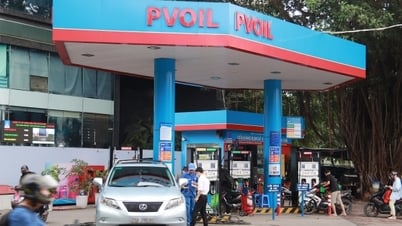











![[Photo] President Luong Cuong receives Prime Minister of the Kingdom of Thailand Paetongtarn Shinawatra](https://vphoto.vietnam.vn/thumb/1200x675/vietnam/resource/IMAGE/2025/5/16/52c73b27198a4e12bd6a903d1c218846)












































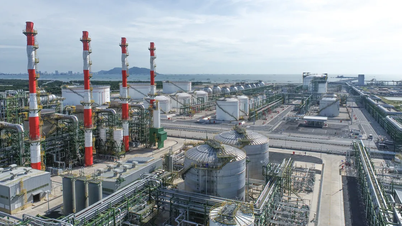

















Comment (0)